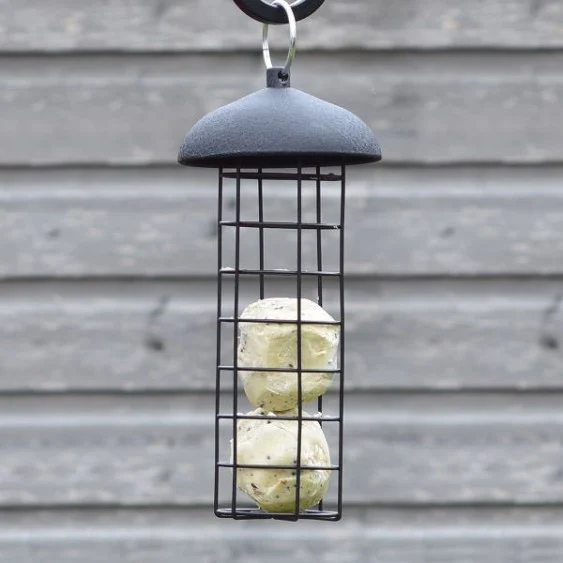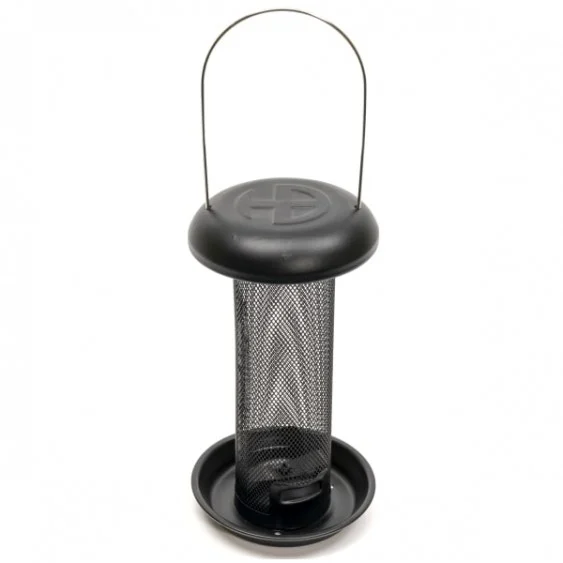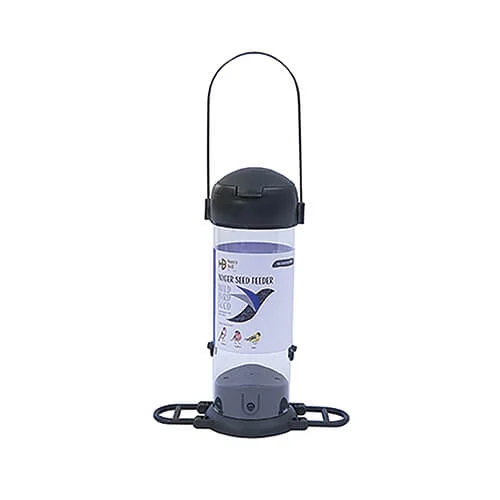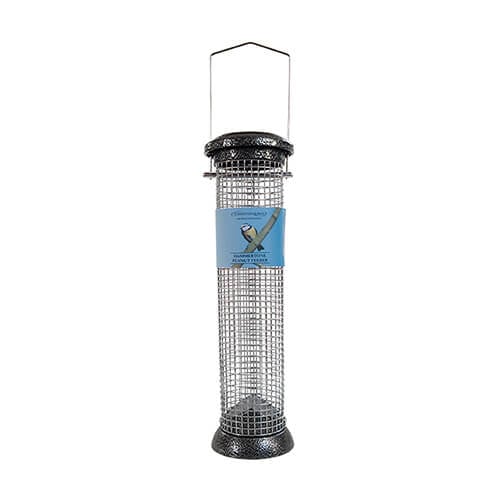British Thrushes
British thrushes are a group of birds that includes blackbirds, song thrushes and mistle thrushes. In the UK we have 6 species of thrush, but not all of them are here at the same time.
The rare ring ouzel only spends the summer in Britain; living on remote hilltops and mountains where it nests in rocks and crags.
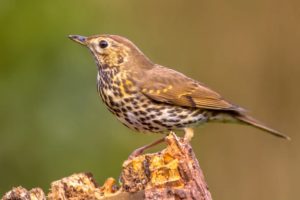 The song thrush is one of the most familiar and popular garden British thrushes, a songbird whose numbers have declined significantly on farmland and in towns and cities.
The song thrush is one of the most familiar and popular garden British thrushes, a songbird whose numbers have declined significantly on farmland and in towns and cities.
It’s smaller and browner than a Mistle Thrush with smaller spotting.
Its habit of repeating song phrases sets it apart from singing Blackbirds. It likes to eat snails, breaking into them by smashing them against a stone with a flick of the head.
British thrushes species
Redwing, Turdus iliacus
A winter visitor from Russia and Scandinavia, this small thrush appears in flocks of 10–50 birds plundering berries and windfalls, but it is shy and easily spooked. Redwings travel at night, even over cities, so listen for icy “tzeeee” calls raining from the dark skies. While foraging in daylight, its call has a rounded “hope” note.
Fieldfare, Turdus pilaris
Another winter visitor that gorges on hedgerow and garden berries, the fieldfare is larger than the redwing, with a blue-grey head and tail either side of a chestnut rump. Flocks in large numbers fill the stark winter landscape with movement. Its raucous “chacka-chacka-chacka” call is a giveaway.
Blackbird, Turdus turdus
One of Britain’s most widespread garden, park and woodland birds – and still common, thankfully, as it rummages noisily in leaf litter. The male is black, the female brown. Though we don’t hear its glorious song in winter, listen for its metallic “tuck-tuck-tuck-tuck” contact/alarm call, especially at dusk.
Song thrush, Turdus philomenus
With its perky upright stance and streaked chest, the song thrush is still a regular sight on playing fields, lawns and woodland edges, hunting worms and snails. One of the most well known of British thrushes, it has suffered severe declines over the past 50 years and needs wilder garden and parks – with no pesticides – in order to thrive.
Mistle thrush, Turdus viscivorous
Superficially resembles a large song thrush and inhabits the same sort of habitats. Its loud, rapid clicking flight call is like an old-fashioned football rattle. It is one of the earliest British thrushes spring singers and the plaintive melody can be heard as early as late December at twilight and on brighter mornings.
Ring ouzel, Turdus torquatus
A summer visitor, and the rarest one of British thrushes, at that, though it winters as close as southern Europe and a few birds leave it very late to migrate in autumn. A lover of uplands, it nests in crags and escarpments. It is slightly smaller than a blackbird and its white bib is its defining characteristic, as well as a much harsher song and rattling call.
How you can help British Thrushes Survive
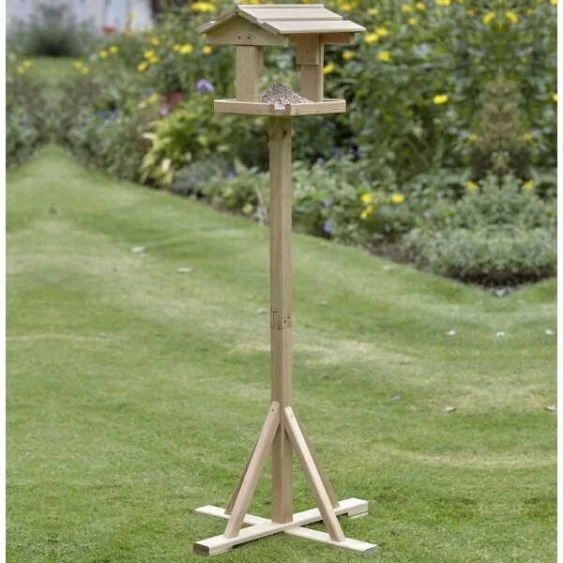 Put up a bird table or a bird feeder and keep it stocked.
Put up a bird table or a bird feeder and keep it stocked.
Place feeders where the birds are safe and able to eat undisturbed – ideally away from fences or dense hedges, where cats can easily get to them. If there’s a small bush nearby, birds can use this as a look-out point.
The best food for bird tables
When buying bird food, try to get a good mix of peanuts, seeds and live food like mealworms and waxworms. Fruit, especially bruised apples and pears, will be popular with British thrushes and Blackbirds. Household scraps like pastry, cooked rice and breadcrumbs should only be offered in small amounts occasionally.
Bird table and feeder hygiene is very important. Brush off debris every time you put out fresh food and scrub the table with a mild disinfectant solution weekly. Move the table from time to time to stop droppings building up underneath. Water containers should be rinsed out daily, especially during the warmer months, and allowed to dry out before fresh water is added.
If you see a sick bird on your feeders, stop feeding altogether, thoroughly clean your feeders and store away from the garden (e.g. in the garage or shed). Only resume feeding after 2-4 weeks, but stop and repeat the process if you see any more sick birds.

